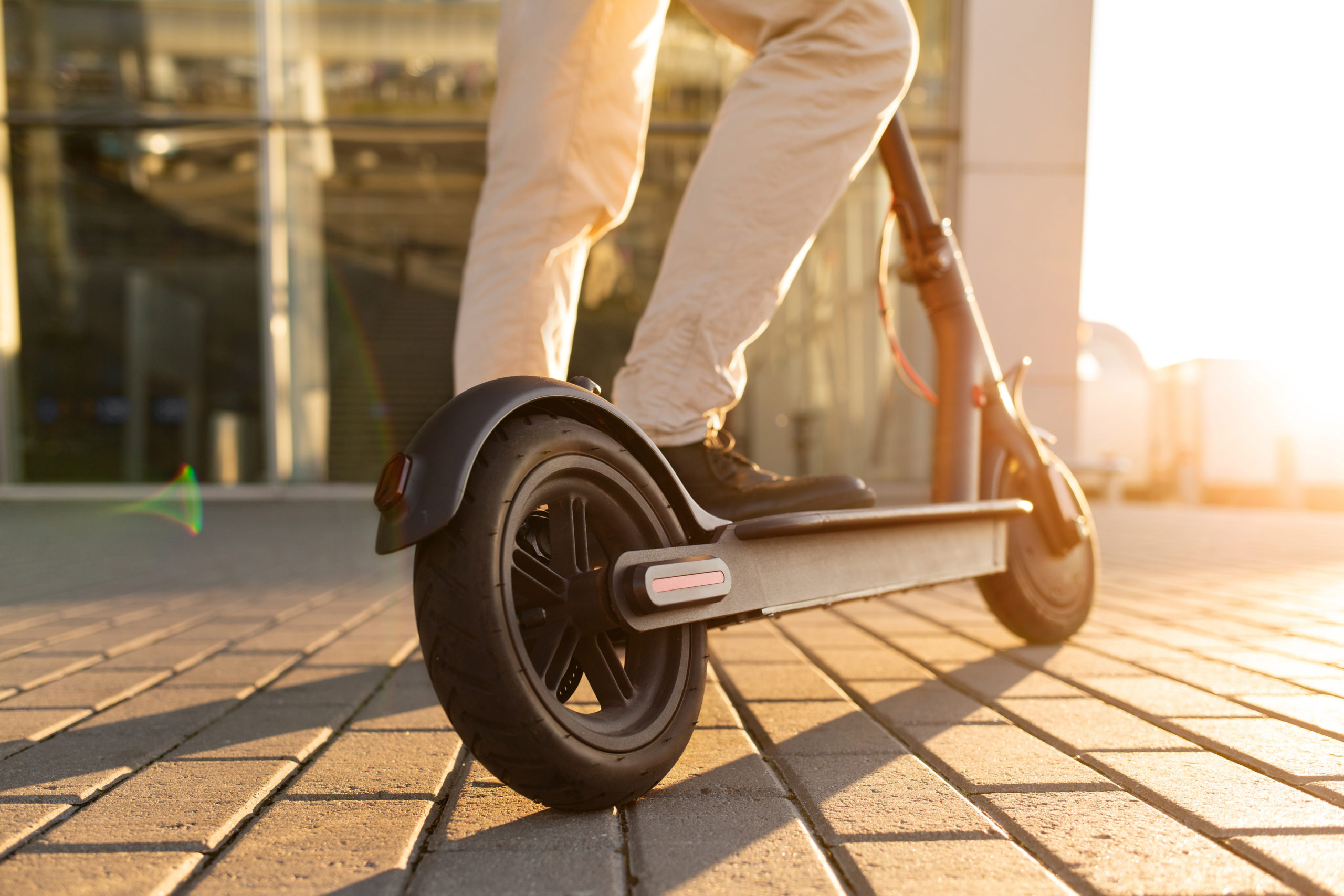Learning Zone
E-bike and e-scooter fleet management - a new type of fleet
With governing bodies across the world pushing for the decarbonization of fleets and net zero being the hot topic, electric vehicles are very much in the spotlight.
But in recent years, a new type of electric fleet has emerged – micro-mobility, in the form of electric bikes and scooters.

What are e-scooters and e-bikes?
Electric bikes and scooters – it’s all in the name, really! They’re scooters and bikes fitted with electric motors, designed to be ridden around urban areas. They’re hirable, usually from docks placed around cities, and riders pay a fixed cost to unlock them from their dock and then pay for the time used.
Usage is widespread across the US, and you can find hirable electric scooters and bikes in many cities.
What are the benefits?
E-bikes and e-scooters offer an affordable alternative to private cars in city centers, whether it’s for commuting to work or having fun and exploring a new city. They’re also a great way to decarbonize urban transport.
Data shows that the average car journey in urban areas is less than 3 miles. With the typical distance of an e-scooter being 1 – 5 miles, this new mode of transport could very easily replace those journeys usually taken by private car – and this could potentially reduce CO2 emissions by up to 45%.
As well as reducing CO2 pollution, e-bikes and scooters lessen noise pollution levels in urban areas as they’re a much quieter mode of transport than cars or buses.
There are also benefits for the rider themselves. Riding an e-scooter or bike might seem like an easy option, but it takes work for the rider to keep balanced, making it a slightly healthier choice than a traditional vehicle.
What are the drawbacks?
E-scooters and e-bikes are a popular choice – but they aren’t without their problems. Near-misses with people riding in pedestrianized areas and riders experiencing nasty falls have thrown up issues with the safety of this mode of transport.
Inexperienced riders pose a danger to both themselves and to others, and with other road users not yet used to the presence of e-bikes and scooters, riding them on roads can be hazardous.
If you’re considering an e-scooter or e-bike fleet, it’s vital that you have a risk assessment strategy in place to cover all bases.
